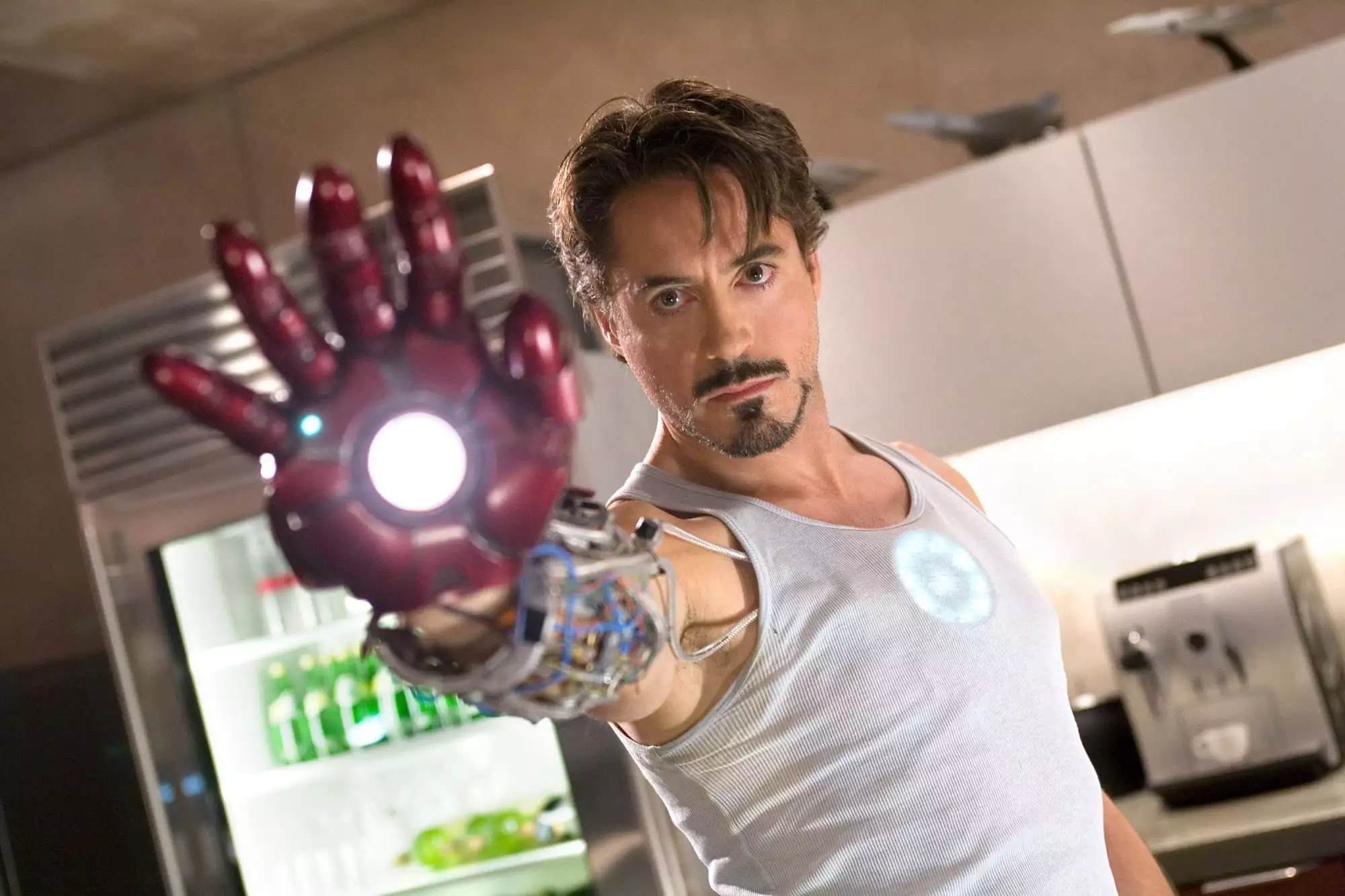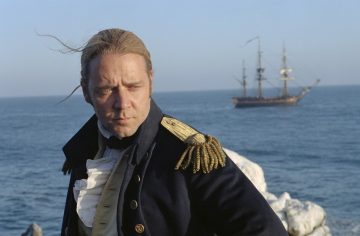From Arnold Schwarzenegger to Keanu Reeves, the Hollywood action hero has dramatically evolved over the years. But why? Here’s how wider society has forced the muscle-bound leading man to change his ways… slightly.
On day one of A-level Film Studies, my class was taught that films are not about where and when they’re set – they’re secretly about where and when they were made. Avatar is not a fantasy about blue people in the 22nd century, but pondering on climate change, colonialism and the war in the Middle East. The Shining isn’t about a dad hacking apart his family – it’s about the endless cycle of genocide. And Transformers is just straight-up military propaganda.
The same school of thought applies to your big, burly action hero. Spoiler alert: this article will try and teach you about topics like Reaganomics and the ever-shifting perception of masculinity. But the good news is it will use the medium of Schwarzenegger impaling blokes with table legs to do so.
The watershed of what you and I would consider the ultimate action hero was in the 1980s. Sure, before that point, there had been countless tough-dude protagonists on screen: Superman and Batman were super-heroically stopping crime in serials as far back as the 1940s, and then we got such grizzled badasses as John Wayne, Clint Eastwood and Charles Bronson to marvel at.
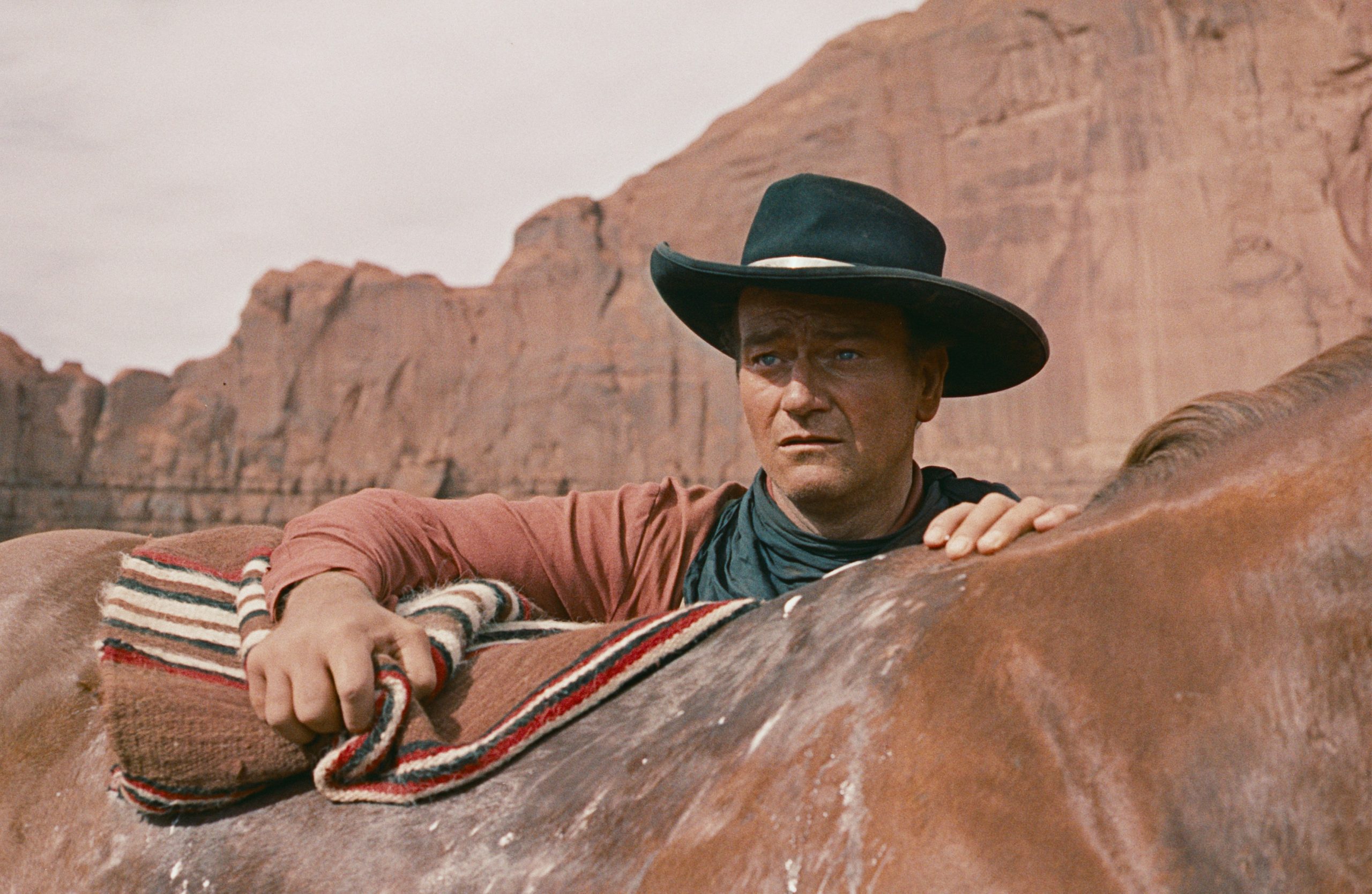
John Wayne in The Searchers. Credit: Warner Bros
This isn’t what 99 per cent of us picture when we hear “ACTION HERO”, though. No, we imagine the Stallones, Van Dammes and Governators, sweat-drenched and gun-toting, the explosions in their wake still not as loud as their testosterone-powered yelling. That shit ruled the entire decade with an iron fist. So, we ask, why?
In America, the 1980s were the age of Ronald Reagan. The tough-as-nails Republican and former actor obliterated the incumbent president, Jimmy Carter, in the 1980 election. The then-shrinking US economy and growing discontent within the Democratic party made him a shoo-in. To get shit back on track, in came Reaganomics, which reduced taxes and government spending. It was dog-eat-dog, every-man-for-himself, trickle-down-economics capitalism with the individual at its heart.
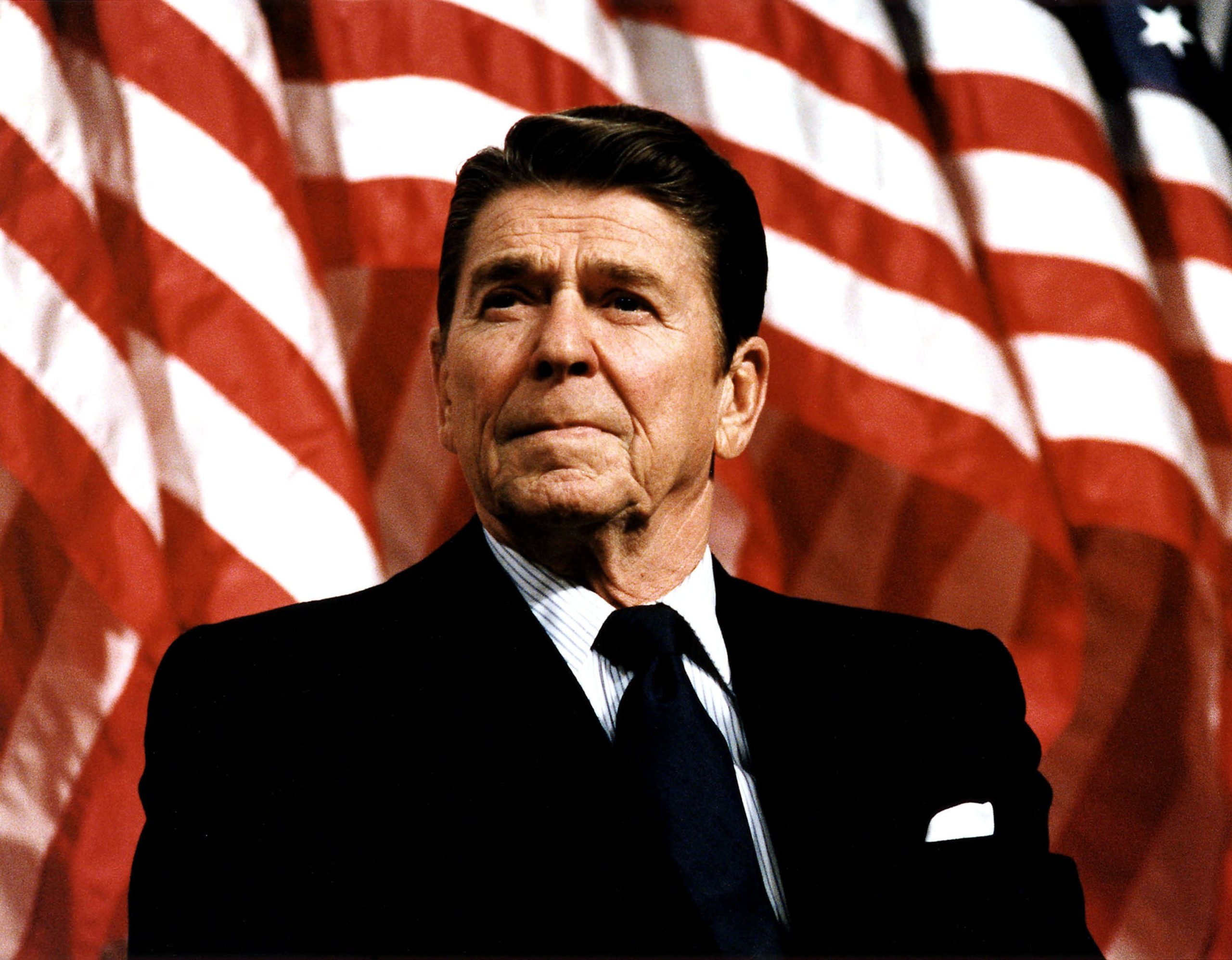
Ronald Reagan. Credit: Michael Evans/The White House/Getty Images
And the vascular, muscular, uber-masculine action heroes of the day were the movie metaphor for that: unstoppable loners – frequently going against the rulings of bigger, governing bodies they work for, like the army or police force – that piled corpses, protected their families and won on their own terms!
Of course, it helped that the spearheads of this new American action-hero archetype were also embodiments of the American dream. Good old Arnie ascended to his stature – literally and metaphorically – through unyielding grit: from a poor Austrian shrimp to a bodybuilding star who overcame Hollywood prejudices to become a box office titan.
Similarly, Stallone was once an actor struggling so hard for work that he was faced with homelessness and made softcore porn to pay the bills. Take those stories, ship ’em worldwide, and you have that perfect marketing campaign for the power of one against all that Reagan’s government needed to thrive. Considering he was re-elected in 1984, it worked.
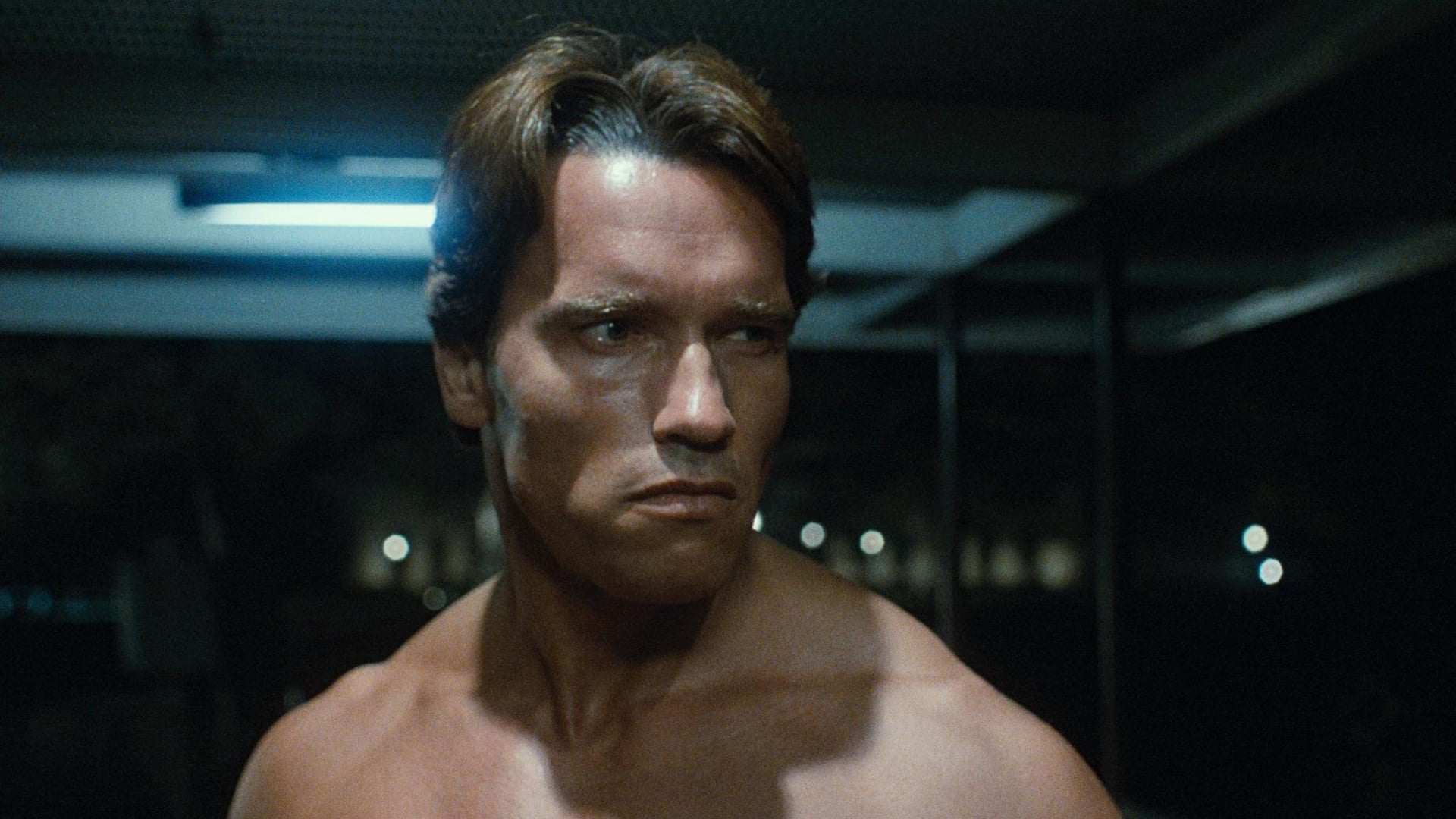
Arnold Schwarzenegger in The Terminator. Credit: Orion Pictures
There was undeniably a macho tough guy culture to the American ’80s: Reagan was a “manly man”, as were the onscreen heroes of his two-term presidency. The problem with that kind of not-at-all-introspective personality is that it gets bloody boring quickly. The election of George Bush Sr. in 1988 was followed by the rise of third-wave feminism in the early ’90s. For this new political climate, the bulked-up action hero faced his two most significant challenges yet: femininity and domestication.
Fewer action films encapsulate this changing of the guard better than a semi-obscure 1993 Stallone blockbuster called Demolition Man. In it, Sly plays Sgt. John Spartan (I’m not even joking): a shoot-first-ask-questions-never ’80s action man whose disregard for official police procedure leads to him killing many people during a hostage situation. His punishment is to be cryogenically frozen, and he eventually thaws in a new, gentle future where his brand of violence is passé.
Everybody’s so socially conscious that America’s teetering on the edge of communist dystopia: swear words, junk food and even sex are banned. Meanwhile, an underground resistance values free choice but is so set in its ways that it can’t escape the sewers. On-screen, that future is 2032 – in Film Studies speak, though, it’s still 1993.
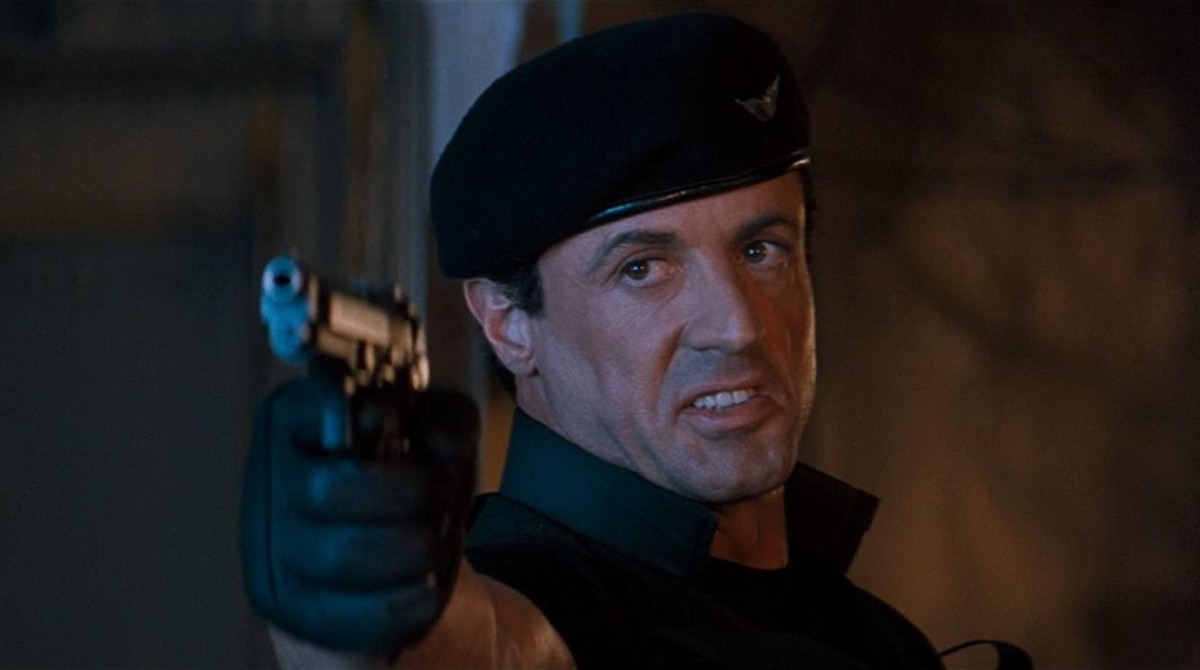
Demolition Man. Credit: Warner Bros.
The entire narrative centres around trying to find the perfect compromise between the ’80s independent-centred right and the emerging new, increasingly socially conscious West. Along the way, our Sly figures out how toilets work and spends his downtime knitting.
Arnie was also becoming feminised at the time, but in an even more pronounced fashion, by getting horrifyingly pregnant in Junior. His badass credentials were being sapped by Sigourney Weaver, who Aliens and Alien 3 affirmed as a flamethrower-wielding, child-saving, tank-top-wearing Xenomorph slayer. Brandon Lee was also in The Crow: a kick-ass avenger but much more svelte than the leading men of the preceding decade. Lee also wore his regrets, turmoils and trauma on his sleeve.
In the 2000s, American action heroes reverted into your big, bold, unstoppable powerhouses. They became all-American superheroes because something had to make the States feel good after 9/11. Spider-Man covered himself in red, white and blue and paraded in front of American flags in 2002 before Iron Man got even more literal by having Robert Downey Jr. – another American dream symbol, bouncing back from drug addiction – battle Middle Eastern, warmongers in 2008. Then came 2011’s Captain America, aka Steve Rogers: a wholesome, bulging symbol for US power that reminded the audiences of when the country saved the world during the war.
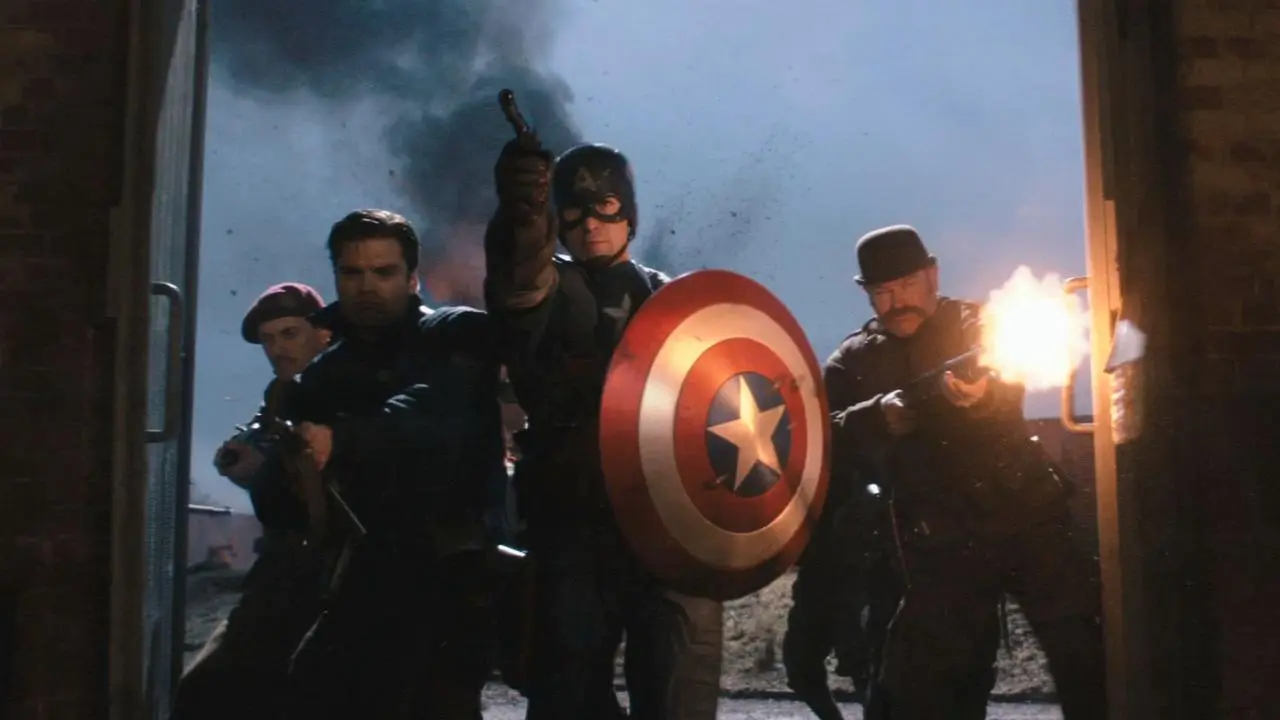
Credit: Marvel Studios
Let’s finish by talking about John Wick. The franchise’s fourth film is in cinemas now, and in many, many ways, he’s the ideal male hero for our age.
John Wick is a blank slate of a character. What defines him is his devotion to his dead wife to the point where he has become asexual. He is also incredibly prolific at roughing up mobsters. The rest of the footwork is done by the audience with help from internet fandom and video game culture. Keanu Reeves play Wick, and one glance at Twitter will tell you that everybody under the sun adores Keanu Reeves. He once called a fan “breathtaking” and cuddled with puppies for Buzzfeed – how could you not love him?!
In contrast to his adorable, gentle public persona, the John Wick films show Reeves doing badass close combat and some impressive gun work. The films resemble video games in their narrative structure and prominent action scenes; gamers get to watch their biggest video game dreams come alone without twisting a joystick.
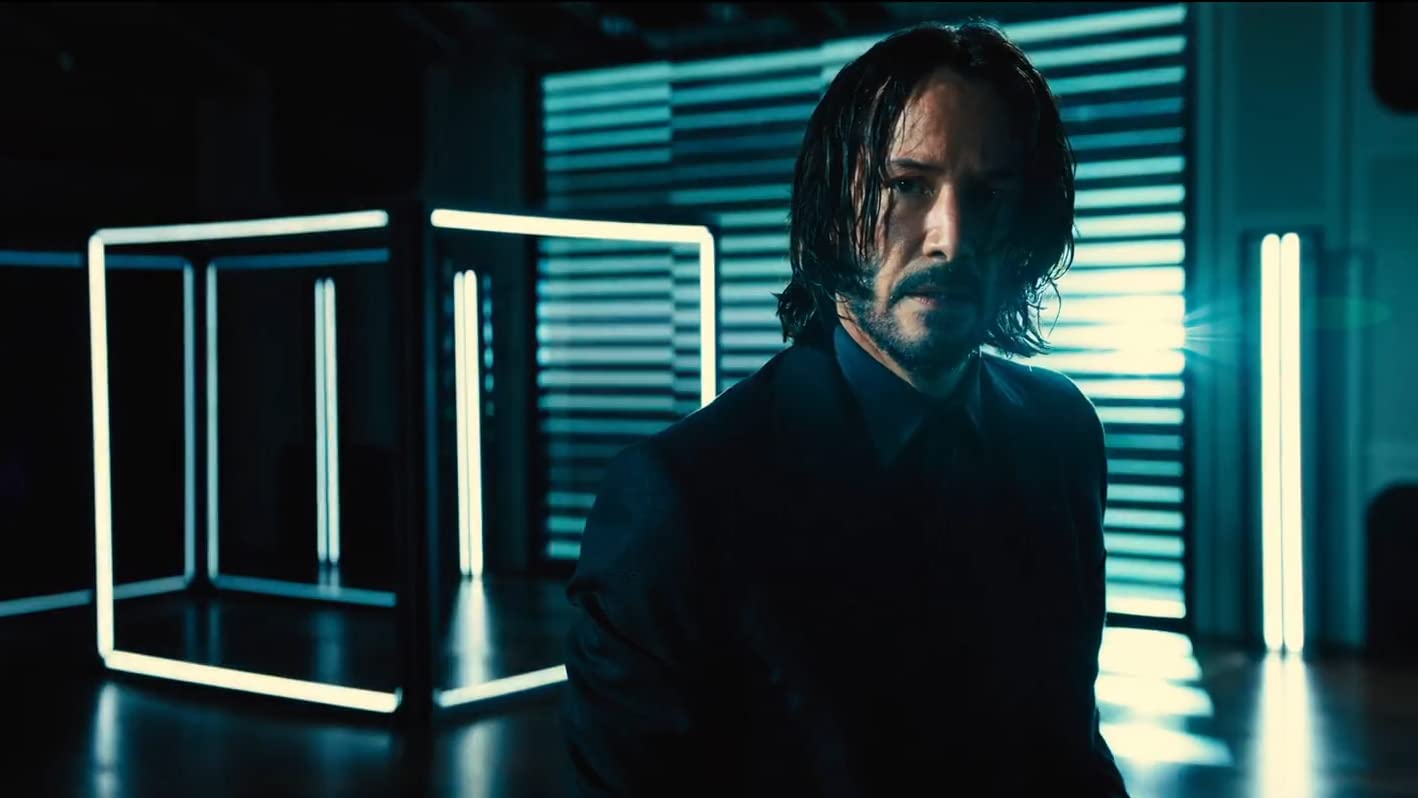
John Wick Chapter 4. Credit: Lionsgate
We can all project ourselves onto John Wick – no character traits could distance him from you. His lack of the 80s-style brazen sexuality, which has somewhat gone out of fashion in media, makes him a distraction from our current political climate – and, with our perpetually online existence, distractions from that are rare and precious.
One day, John Wick too shall pass, and he’ll be usurped by another nascent action star who’ll subliminally express the politics of the day. Society never stands still, so cinema won’t either. In the end, though, the story’s moral is, don’t do a Film Studies course because you’ll never again get to enjoy the spectacle of Arnold Schwarzenegger bazooka-ing someone’s nuts off without your mind connecting it to Ronald Reagan.
John Wick: Chapter 4 is out now.

